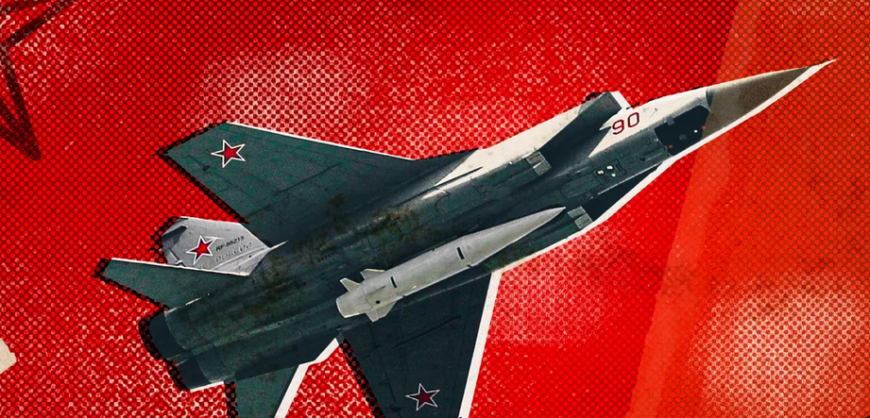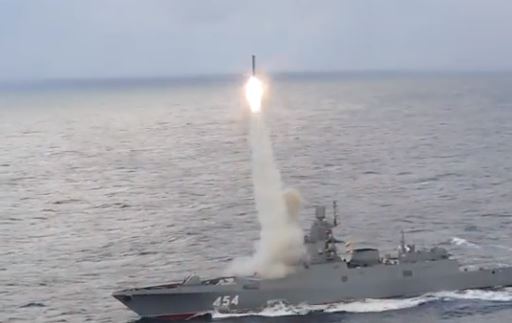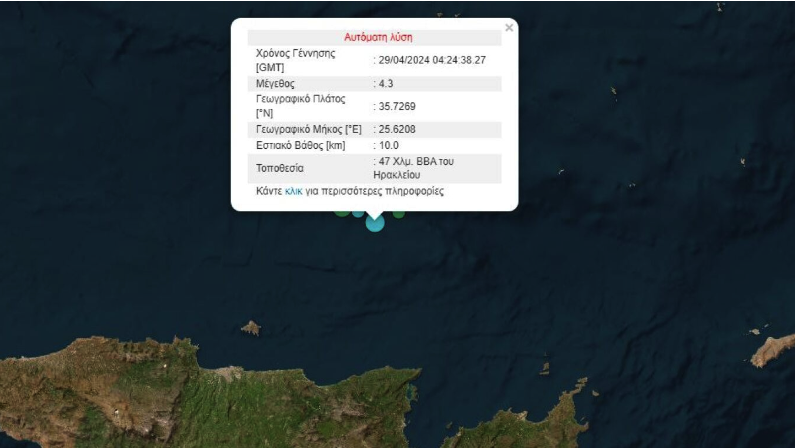On March 18, nearly one month into the invasion of Ukraine, a Russian Air Force MiG-31B took to the skies bearing a 26-foot white rocket against its belly, bound for an ammunition depot in western Ukraine. This type of rocket, dubbed the Kh-47M2 Kinzhal—“dagger” in Russian—had only been fired twice in history, both times for tests; this was its first appearance in active conflict. According to the Russian Defense Ministry, the Kinzhal destroyed the depot, pushing the war in Ukraine into a troubling new phase of uncertainty and escalation.
With a reported range of more than 1,200 miles and a claimed top speed of Mach 10, the Kinzhal is an air-launched weapon based on Russia’s 9K720 Iskander short-range ballistic missile. Like all ballistic missiles, the Kinzhal achieves hypersonic velocities using a rocket engine and an arcing ballistic flight path. But Russia claims the Kinzhal can perform evasive maneuvers at every leg of its journey. It’s a weapon described by President Joe Biden as “almost impossible to stop.”
US intel helped Ukraine protect air defenses, shoot down Russian plane carrying hundreds of troops
“Hypersonic” describes vehicles that can travel faster than Mach 5, or 3,836 miles per hour, a new frontier in the world of military technology. Hypersonic weapons so far take two main forms: boost-glide vehicles and hypersonic cruise missiles. The former type, a successor to the ballistic missile, takes slightly flatter flight paths and adjusts course during gliding descents. The latter is powered by a new propulsion system called a scramjet. Boost-glide vehicles offer maneuverability and faster top speeds. They can reach Mach 20, while hypersonic cruise missiles max out around Mach 5.
Read more: Popular Mechanics



































